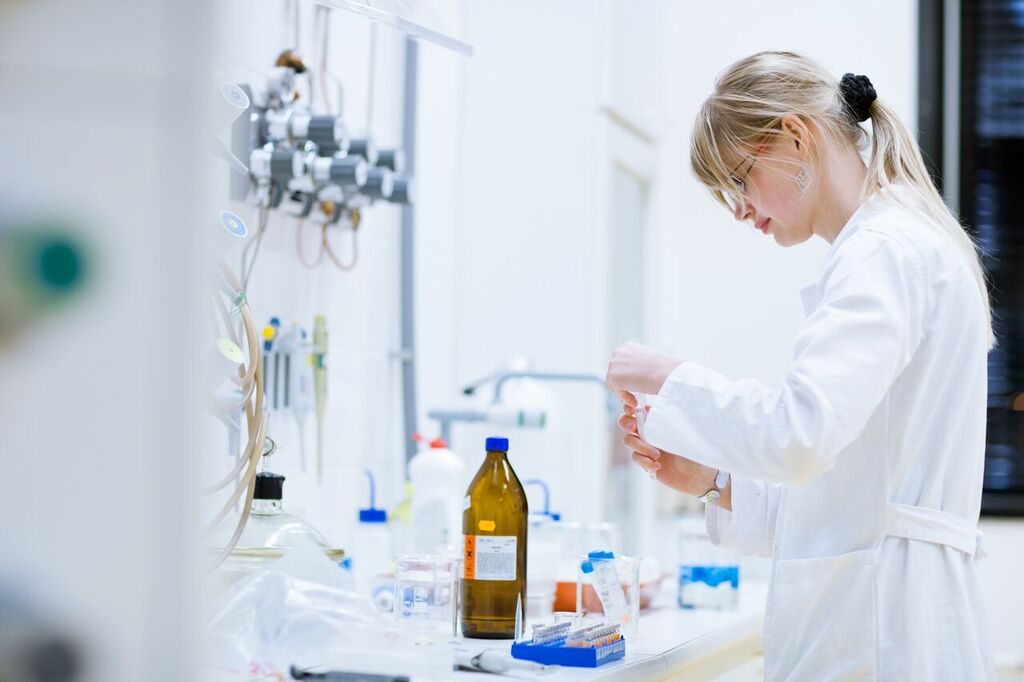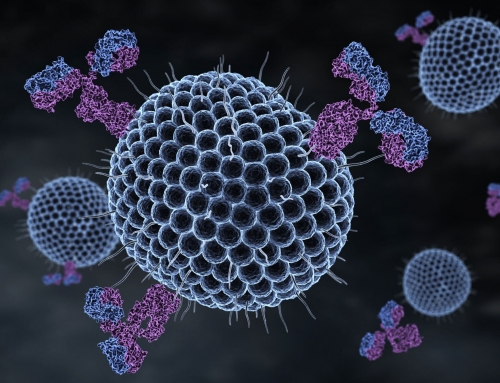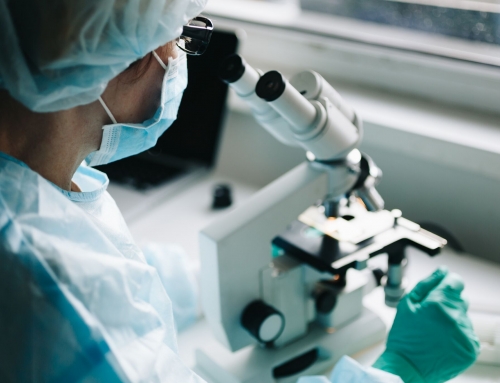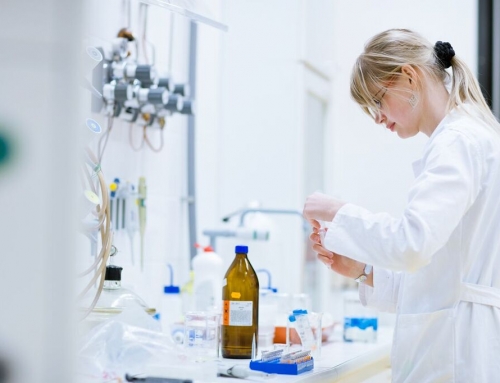Monoclonal antibody approval success rates vary widely, but are on the increase overall.
by Raymond E Peck, CEO of VxP Biologics
The human monoclonal antibody (mAb) sector has witnessed tremendous growth since its inception in the early 1980s. Despite a rocky start, new technologies in molecule generation spurred rapid development throughout the 1990s; and in 2002, the US Food and Drug Administration (FDA) approved adalimumab as the first human mAb for clinical use. An ever-growing list of other mAbs have followed since then.
Today, human mAbs represent the most rapidly growing category of clinically studied mAb therapeutics. In addition, many mAbs are “chimeric,” combining DNA sequences derived from humans and rodents. Still others are derived by recombining fragments of human DNA in bacteriophage viruses, and selecting the best expressions.
Each approach offers its own advantages and disadvantages. And as mAbs grow in popularity for treating a widening range of disorders, success rates continue to vary among each approach, even as they increase on the whole. Here is a quick survey of the state of the mAb sector.
Human mAbs target a wide range of sites for a variety of therapeutic purposes.
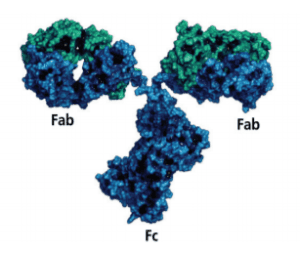
Some mAbs are derived from rodents, or expressed within bacteriophage viruses.
The vast majority of human mAbs are developed for the treatment of cancer, and of disorders of the immune system. For antineoplastic mAbs, the success rate is a mere 15 percent in clinical trials. Among these, the most common target is the epidermal growth factor receptor (EGFR) protein, which impacts a cell’s growth and mitosis. EGFR has been a popular target for researchers since the 1980s, and it remains one of the most widely studied receptors in anticancer research.
Among immunomodulatory human mAbs, on the other hand, the approval rate stands at an impressive 33 percent; considerably higher than the sector’s average. These mAbs primarily target cytokines, substances secreted by the immune system that impact other cells; and serum factors, proteins that help regulate cell growth, death and regeneration. These therapies particularly target interleukins, which are small proteins that regulate immune reactions.
The 18 human mAbs focused on treating infectious diseases exhibit a wide variety of targets. Ten of these aim for targets involved in viral infections, such as HIV, viral hepatitis and rabies. Others are actually “cocktails” containing multiple human mAbs, while still others target bacterial antigens, and one targets candidal heat shock protein 90, which is released among cells during the infection process.
Averaging across all categories, the overall approval success rate for human mAbs is 17.5 percent. However, other approaches may offer more promising opportunities.
Other mAbs are derived from rodents, or expressed within bacteriophage viruses.
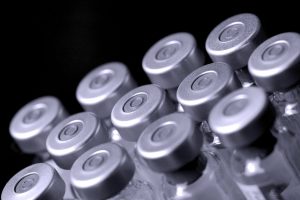
Transgenic mouse technologies appear to offer the strongest prospects for the development of successful mAbs.
Monoclonal antibodies derived from mouse hybridomas (fusions of antibody-producing cells with tumor cells called myelomas) offer some distinct advantages over human mAbs. Hybridomas can be cultivated in lab settings, producing a steady supply of mAbs; offering greater opportunities for variability and testing. In fact, the overall approval rate for rodent-derived mAbs is 29 percent, higher than the overall rate for all categories of human mAbs.
Another approach currently growing in popularity is to facilitate recombinant expression of human antigen-binding fragments within a bacteriophage virus, and select the resulting fragments with the most ideal antigen-binding traits. So far, this approach has led to the creation of no less than 35 human mAbs suitable for clinical trialing. One has already been approved, while two others are under FDA review. The success rate for phage-derived mAbs is only 12.5 percent, but this percentage is likely to rise as the number of candidates grows.
On the whole, transgenic mouse technologies appear to offer the strongest prospects for the development of successful mAbs. This subsector has achieved a higher approval rate than any other. Despite the initial wave of success for pure human-derived mAbs, these now lag far behind, with a much lower approval rate than those derived from rodents. And while the results of clinical trials of phage-display-derived human mAbs remain preliminary, these may soon overtake the former two categories, if the current success rate holds relatively steady over the next several years.
All three of these types of mAbs remain in serious need of further investigation; especially because cancer, immunological disorders and infectious disease, together, account for the vast majority of human fatalities. As new mAb therapies become available, we may soon see significant improvement in survival rates for some of the greatest threats to human life worldwide.
[/fusion_text][/fusion_builder_column][/fusion_builder_row][/fusion_builder_container]

